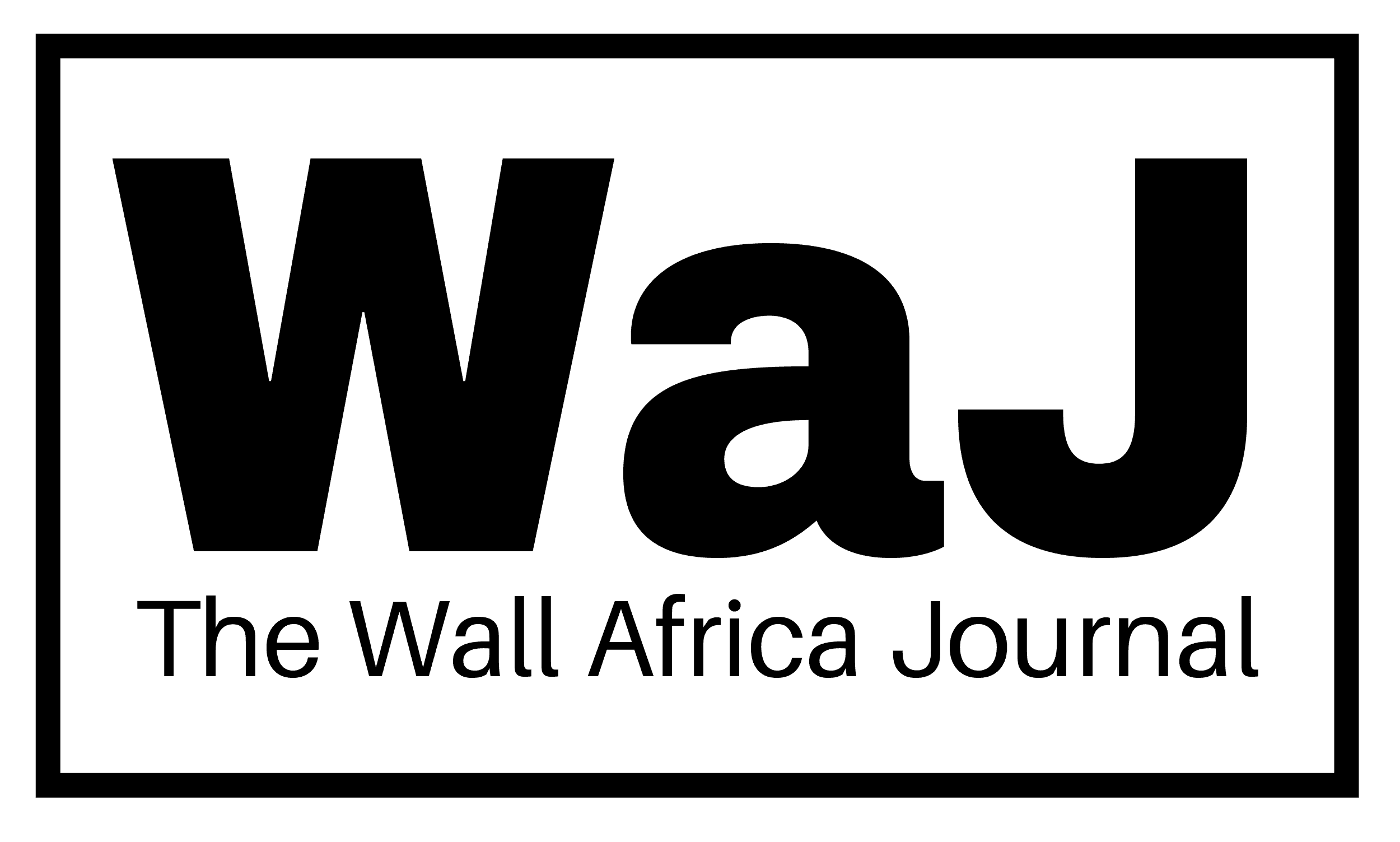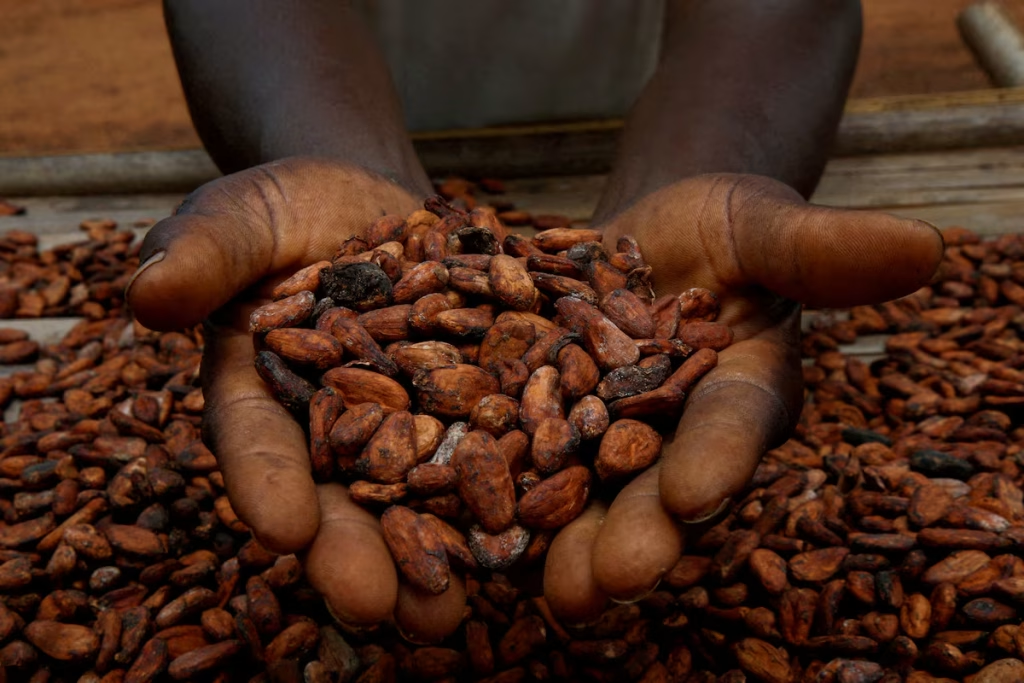Ghana’s cocoa industry is bracing for another shortfall, with official figures indicating the country is unlikely to meet its seasonal production target of 650,000 metric tonnes. The shortfall is being driven by a prolonged dry spell and increasing levels of cross-border smuggling, according to data from the Ghana Cocoa Board (Cocobod).
Despite early optimism for a rebound this season, cocoa arrivals at warehouses had only reached 570,000 tonnes by May 2—leaving an 80,000-tonne gap with just weeks remaining before the end of the 2024/25 season in July.
“Given the trend between May and July, we don’t expect to reach the target,” said Frank Okyere, manager of the Ghana Cocoa Cooperatives Association, which represents cocoa growers nationwide.
Third Straight Season of Decline
This marks the third consecutive year of falling output for Ghana, the world’s second-largest cocoa producer. In addition to poor weather, diseases and the expansion of illegal gold mining on cocoa land have been key contributors to the slump.
The previous 2023/24 season closed with production dipping below 550,000 tonnes. Although output spiked in January this year—reaching roughly 542,000 tonnes—only 28,000 tonnes have been purchased over the last four months, signaling a sharp slowdown.
Smuggling and Climate Disruptions Deepen the Crisis
Between January and April, Ghana experienced an unusually long dry season that affected flowering and pod development. Industry leaders say the drought coincided with peak smuggling activity, compounding the already challenging situation.
“This is a quiet period on the calendar, but smuggling has had a huge impact on supply flows this year,” said Samuel Adimado, president of Ghana’s cocoa buyers’ association.
Many farmers are reportedly taking advantage of porous borders to sell their cocoa in neighbouring countries, where prices are often more competitive. In eastern Ghana, some buyers say they have not graded a single bean this season, with several abandoning operations altogether in the Volta and Oti regions.
Hope Remains for Modest Recovery
While the 650,000-tonne goal appears out of reach, stakeholders believe production could still cross the 600,000-tonne mark. Okyere noted that recent rainfall has revived trees in some areas, and the appearance of cherelles—young pods—suggests a late boost may be possible.
Still, the recurring shortfalls signal deeper structural challenges in Ghana’s cocoa sector. With smuggling draining the official supply chain and climate pressures mounting, experts say sustained investment, stricter border controls, and support for farmers will be crucial to stabilizing the industry.



